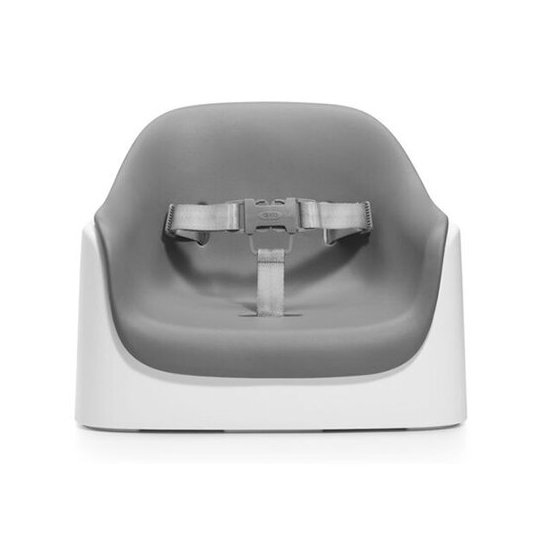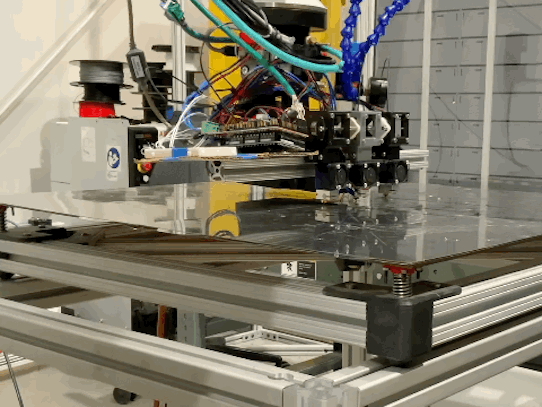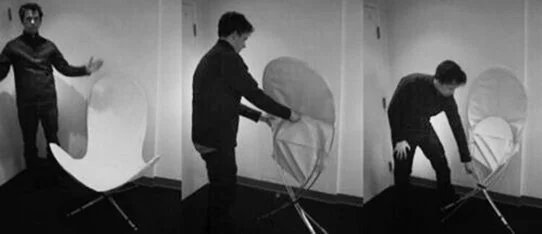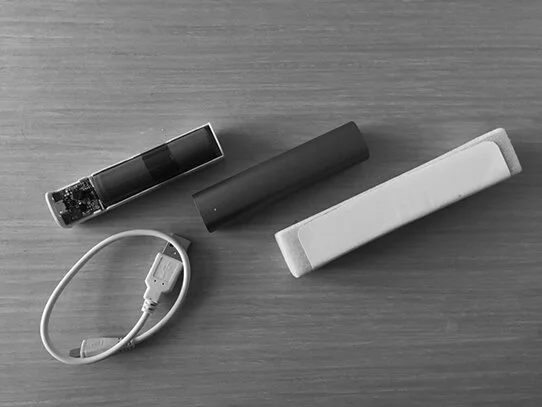Role: Design Research Lead, Co-inventor.
Awards: IDEA Finalist, Professional Social Impact Category, 2020, Finalist, National Collegiate Inventors Competition 2019, ICAT Innovation Award 2019
Exhibitions: Smithsonian Institute, Washington, DC 2019. Featured in the award-winning documentary “Finite Water,” 2019
Press: BBC Newsday (min 45), PBS Newshour, Czech National Radio, CNN, the Washington Post, the Verge, the Boston Globe and more
More about the project:
Fog Harp collects drinkable water from moving fog. Recent tests demonstrated they can yield more than 10x as much water as existing fog collectors, without energy. At present, the Fog Farm module is an experimental design under development from ongoing university research and collaborating stakeholders in California, Chile and Spain.
Addressing the billions of people facing water scarcity today, fog collecting has played a valuable role in a growing number of communities around the world but it has yet to be deployed at scale. Fog can provide clean drinking and agricultural water that surpasses stringent (WHO) safety standards. A July 31, 2019 PBS Newshour special about water shortages summarizes our fog collecting work.
Fog Harp’s potential lies in the parallel wire design, distinct from cross woven meshes that have been tested widely around the world. These mesh materials are either too porous or so dense they clog with droplets. Parallel vertical wires deter clogging by encouraging droplets to fall away quickly to a gutter below. Fog Harp was influenced by the parallel geometry of redwood tree needles, which satisfy up to 1/3 of the water needs of costal redwood ecosystems.
Working with stakeholders around the world, we have identified 3 essential qualities that fog harvesters must deliver: Durability in high winds, low maintenance and low cost. Communities must be engaged to care and clean these structures. Otherwise they are abandoned when they break.
Fog Harps could be deployed at scale much like wind and solar farms. The project is a collaboration between Brook Kennedy and Jonathan Boreyko with students researchers Weiwei Shi, Jimmy Kaindu, Kevin Murphy, Xandra Jones, Nick Kowalski, Tom Van der Sloot, Josh Tulkoff, Brandon Hart, Zach Kennedy and Mark Anderson. The design was granted a utility patent in 2022.















































































































































































